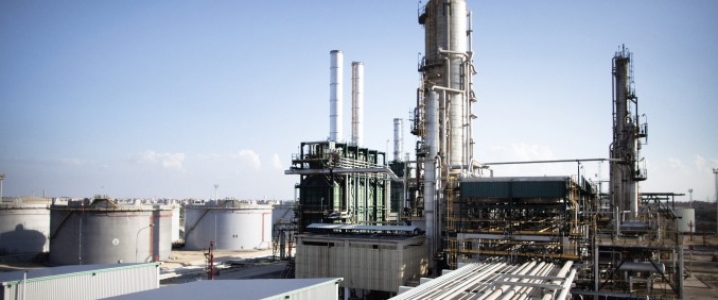Hootan Yazhari, head of frontier markets equity research at Bank of America Merrill Lynch has said oil prices will hit $90 a barrel by the second quarter of 2019, as Iranian oil barrels are removed from the market and other supply disruption risks threaten the tightening oil market.
The United States signaled this week that it would look to take as much Iranian oil as possible out of the market with the renewed sanctions on Tehran.
Although Saudi Arabia and Russia had OPEC and allies pledge last week to ease compliance rates, in other words to boost production by an unspecified number, production increases will make the global spare capacity thinner at a time of low inventories, setting the stage for higher oil prices in case of additional supply disruptions, analysts believe.
“We are in a very attractive oil price environment and our house view is that oil will hit $90 by the end of the second quarter of next year,” Hootan Yazhari, head of frontier markets equity research at Bank of America Merrill Lynch, told CNBC.
“We are moving into an environment where supply disruptions are visible all over the world… and of course President Trump has been pretty active in trying to isolate Iran and getting U.S. allies not to purchase oil from Iran,” Yazhari noted.
“With inventories still declining and spare capacity uncomfortably low, there is very little cushion for any supply disruption caused by rising geopolitical risks,” ANZ bank told Reuters.
Even before OPEC’s much-talked-about meeting last week, the International Energy Agency (IEA) expected—like many analysts—that there would be some sort of production increase.
But even if the Iran and Venezuela supply gap is to be plugged, “the market will be finely balanced next year, and vulnerable to prices rising higher in the event of further disruption,” the Paris-based agency said in its Oil Market Report in mid-June.
The U.S. EIA defines spare capacity as the volume of production that can be brought on within 30 days and sustained for at least 90 days.























